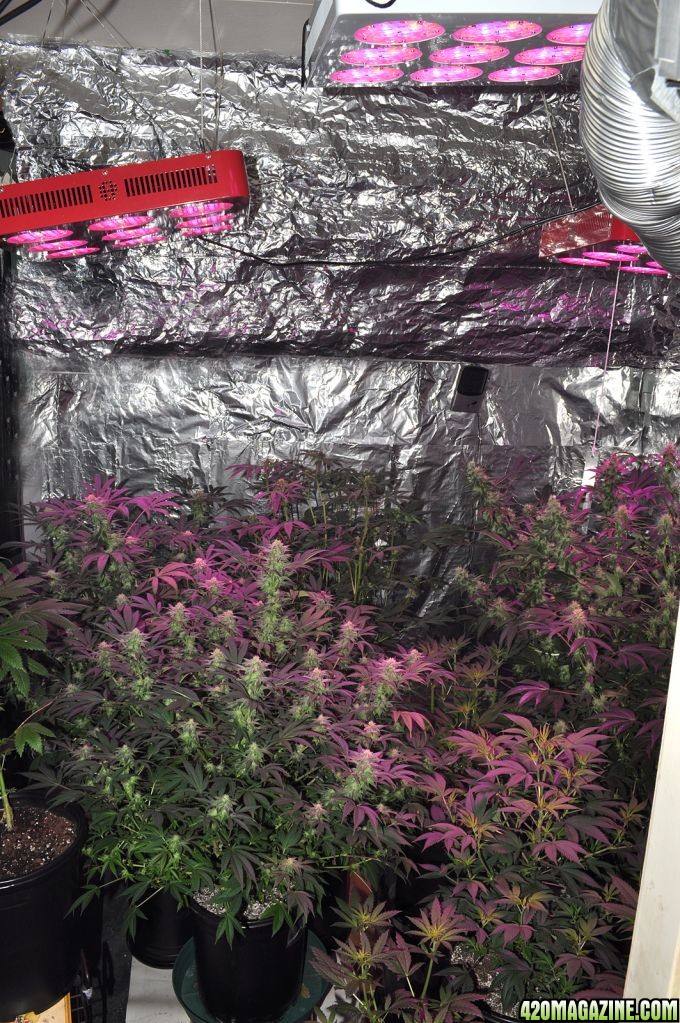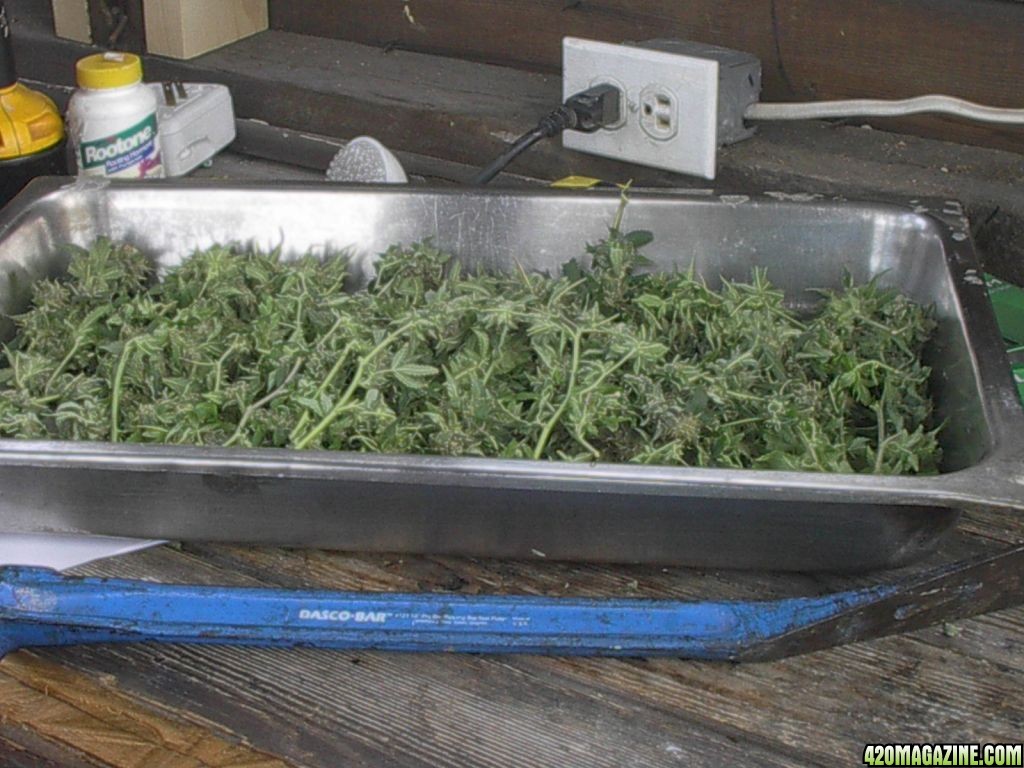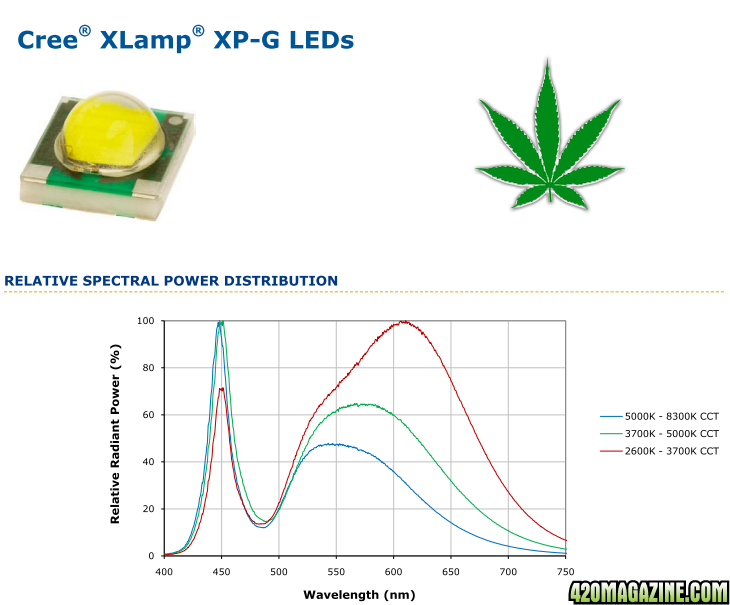And, no, mr picture guy, I'm not saying one can't grow plants under LEDs. The fraud is about "3x better". Hosebomber has at least offered a quantification that it's 50% better (400WLED==600WHPS), but it took a while to pull that truth out of him.
I offer images because I am only a "picture guy" and not a tech. I am a grower. So I finally get what pissed you off "3x better"
 OK
OKThis is the quote
"If you get about 300-400watts of LED lighting, you can replace a 1000watt HPS or MH system. You will not need a ballast and you will not need to vent the heat from the light as LEDs emit a near zero heat signature"
The text did not define grow space. If it did I could agree or disagree based on space. As I said before in a small space the statement above is true. In a larger space I would agree with you ...
"picture guy"









